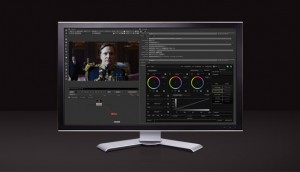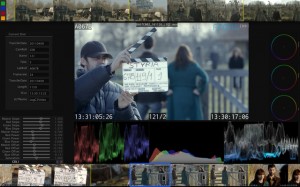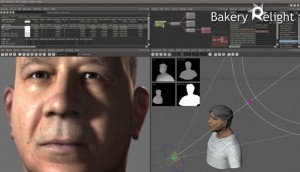
The Foundry’s Hiero launched last month, after a public beta period. Described as “a pipeline in a box”, perhaps the best way to think about is a bells & whistles conforming system.
Here are some of the things it can do:
- Conform media
- Transcode or rename media
- Track versions (to some extent)
- Generate NUKE scripts
It’s fully extensible through python, so in theory a lot of features can be customised to specific workflows. Quite frankly, I would have killed for this on almost every production I’ve worked on. It would have made a lot of data management chores a breeze. There are a few notably absent features, such as the lack of scene detection, and the extremely limited notation functionality, but that will happen in time no doubt.
The Foundry view Hiero as a kind of post-production hub, managing shots coming in, and shots going out. A client can view the latest overall version of a show, before going into a grading room. On one hand this is a necessary step: colour grading is less often about colour and more about asset management and versioning. This fulfils a crucial need: to have a stage that exclusively deals with editorial issues prior to grading. So with Hiero, the production team goes over to the Hiero system, reviews visual effect versions, checks editorial issues, delegates more work and so on. Unfortunately, it just doesn’t work like that in the real world.
For starters, who’s responsible for maintaining this hub? In general, the production team would lack the expertise required to manage the process, and in any case, from their perspective, they are paying everyone else to ensure the various pieces fit together. At the launch event, there were talks by people who’d been using it at visual effects houses The Mill and Framestore. But even these are edge cases: it would be extremely unlikely to have a single facility responsible for doing the bulk of the post work on a major film. On a typical film, The Mill might be handing off a bunch of effects to a DI facility elsewhere, and not really care how it fits in with elements from other sources (let alone that the production might not want the Mill having such a level of control over the film). Likewise, the DI facility will expect to just conform everything in the grading suite, as they always do. There wouldn’t be much benefit to adding another link in the chain.
So it could fall to a third party, who would coordinate everything, but then who is going to pay for such a service? I agree with the principle of Hiero, and I’d argue that someone should be paying for such a service. But if there’s one thing we know about post, it’s that people hate having to change their workflows.
So where does that leave us? Currently Hiero is around $5,000 for a node-locked license, and that prohibits it from being considered a utility a freelancer could invest in, or that a facility would pay for “just in case”. I hope that the Foundry can crack this problem, because it can arguably make post easier for all of us.
The Foundry offer a 15-day trial of Hiero, as with all their products.
Categories: Tools
Tags: data management, digital intermediate, digital production, Hiero, release, review, software, Systems reviews, workflow
Comments: No comments





